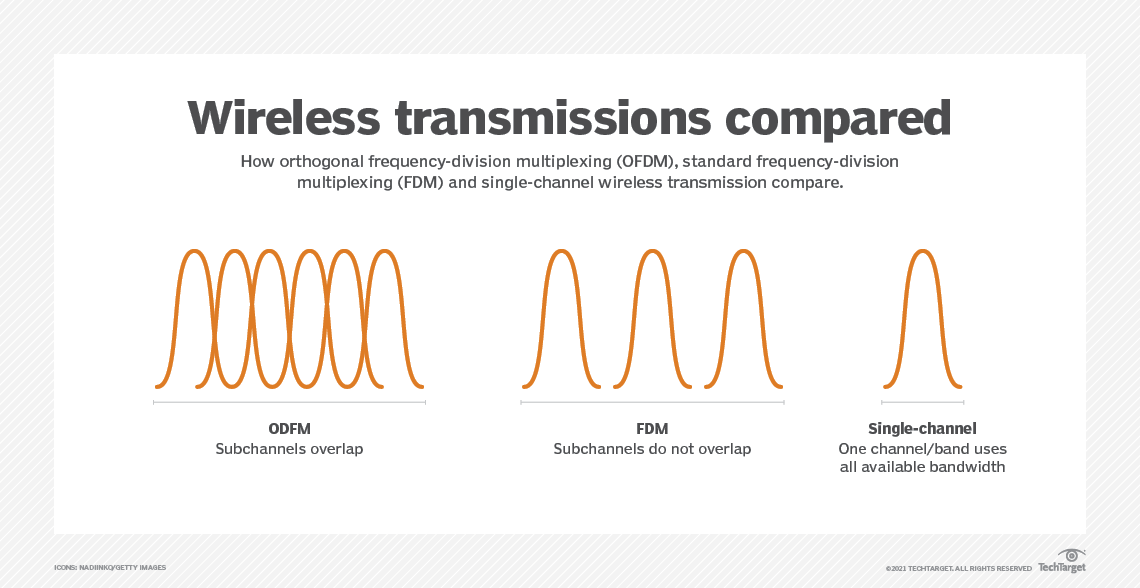And just like everything else, there are several pros and cons to the implementation of this tech.
There are two primary disadvantages with OFDM compared to single-channel systems. OFDM systems must have closely tuned transmitters and receivers. This requires the timing on signal modulators and demodulators be closely matched and produced to tight tolerances. It also makes the system more sensitive to Doppler shift and, therefore, less effective for high-speed moving vehicles (Aircraft). And Advanced error correction can be used to spread out the overall data and compensate for small errors. So, narrowband interference on a single subchannel will not affect the other channels, enabling the overall system to still operate.
Orthogonal frequency-division multiplexing has many advantages over a single-channel data transmission approach. Primarily, OFDM is more resilient to electromagnetic interference, and it enables more efficient use of total available bandwidth because the subchannels are closely spaced. It is also more resistant to interference because several channels are available.
And there still exists the concerns with ODFM regarding the sensitive avionics on aircraft at a crucial point, landing in poor weather. And, in addition to having twice as much wavelength or energy being output in the same amount of time in our atmosphere and thru our bodies. Could it be like turning up the power on the microwave to cook your food in half the time? Just a thought.

Source: TechTarget
